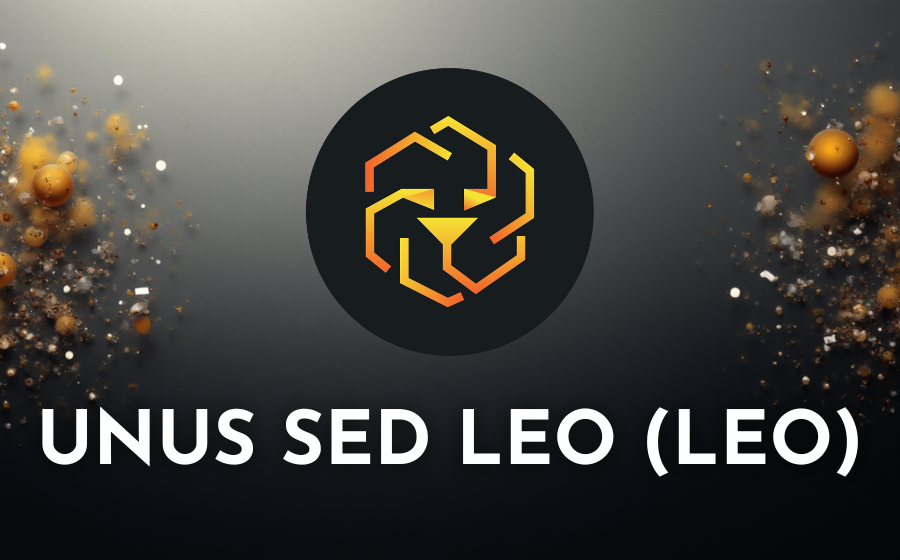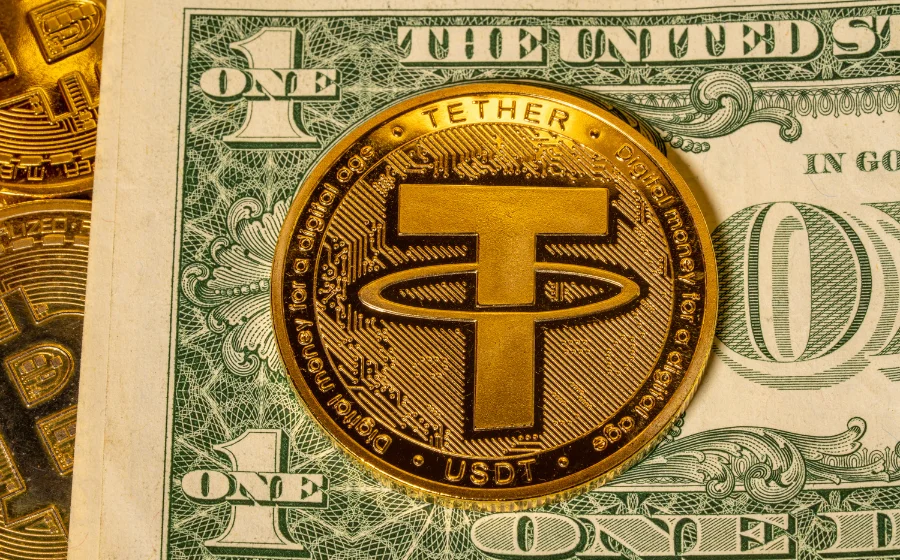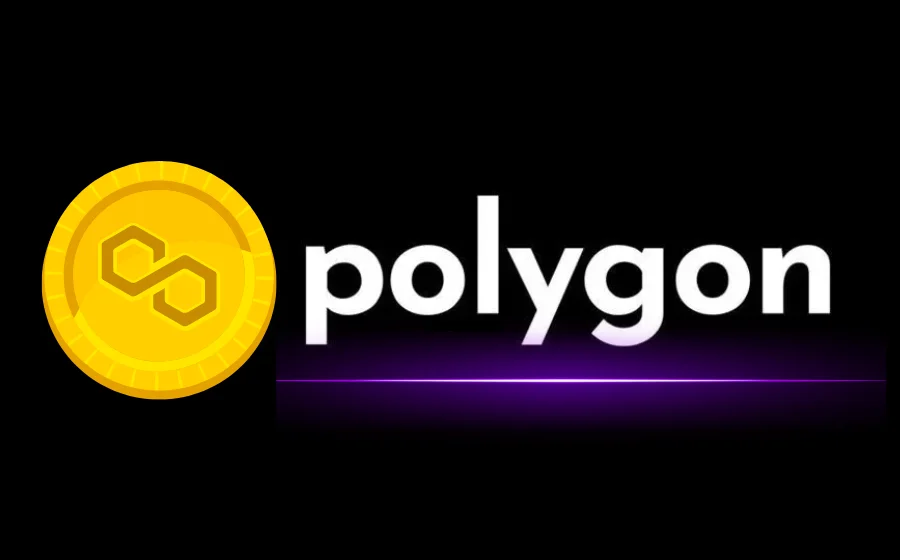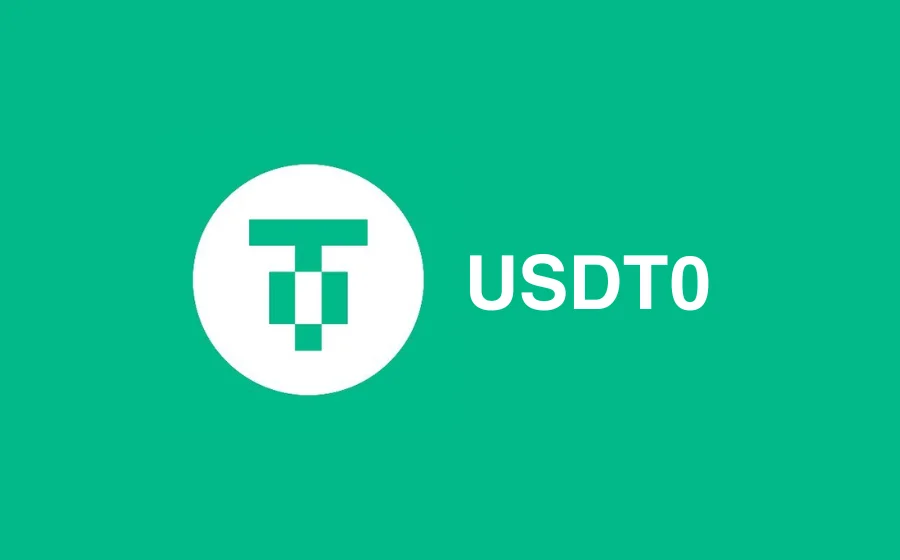
KEYTAKEAWAYS
- Multi-utility token for Bitfinex users
LEO enhances trading efficiency through fee discounts, faster withdrawals, and ecosystem-wide usability.
- Deflationary and revenue-backed design
27% of Bitfinex’s revenue is used monthly to buy back and burn LEO, supporting long-term scarcity and price stability.
- Expanding beyond the exchange
LEO’s future lies in broader DeFi integrations and cross-platform applications, reflecting Bitfinex’s evolving ecosystem strategy.

CONTENT
UNUS SED LEO (LEO) is Bitfinex’s native utility token offering fee discounts, liquidity benefits, and a deflationary burn model that strengthens the exchange’s ecosystem and user value.

WHAT IS UNUS SED LEO (LEO)?
UNUS SED LEO (LEO) is a utility token launched by the global cryptocurrency exchange Bitfinex and its parent company iFinex in May 2019. The name comes from the Latin phrase “Unus sed Leo,” meaning “One, but a Lion,” symbolizing its strength and central role within the Bitfinex ecosystem.
Beyond being a fundraising initiative, LEO represents Bitfinex’s commitment to strengthening its ecosystem and enhancing user benefits. Holders of LEO enjoy various advantages, including trading fee discounts, faster withdrawals, and a structured token burn mechanism that supports long-term value.

🔍 Background and Purpose
The creation of UNUS SED LEO was a strategic response by Bitfinex to stabilize its operations following a 2018 legal dispute with the New York Attorney General’s Office (NYAG). The exchange faced allegations of financial mismanagement, including using customer funds to cover an $850 million shortfall related to a payment processor issue.
To restore market confidence and improve liquidity, Bitfinex issued the LEO token in 2019, raising approximately $1 billion from the crypto community within weeks — one of the largest token sales of that year.
The initiative not only replenished Bitfinex’s operational capital but also established LEO as a key component of its ecosystem. From trading fee reductions to platform utility and future governance potential, LEO serves as the vital link connecting the exchange, its users, and its financial framework.
>>> More to read: What is Aster(ASTER)? New DEX on BNB Chain
UNUS SED LEO (LEO) MAIN FUNCTIONS
1️⃣ Lowering Trading Fees
One of the core utilities of UNUS SED LEO (LEO) is providing holders with reduced trading fees on the Bitfinex platform. The more LEO tokens a user holds, the greater the discount they receive on spot, margin, and derivatives trading fees.
This incentive not only lowers overall trading costs but also encourages long-term holding and active participation within the Bitfinex ecosystem — making LEO a practical token for frequent traders.
2️⃣ Enhancing Platform Liquidity
LEO is also used as a base currency across numerous trading pairs on Bitfinex, offering users broader trading flexibility. By integrating LEO into multiple market pairs, the platform boosts its overall liquidity and ensures smoother, more efficient trading experiences.
This function strengthens Bitfinex’s market depth and makes LEO a central component of daily exchange operations.
3️⃣ Token Burn Mechanism
To maintain a deflationary supply model, Bitfinex implements a structured LEO buyback and burn mechanism.
Every month, the exchange uses 27% of its total revenue — including fees and other income — to repurchase LEO tokens from the open market and permanently burn them.
This ongoing deflationary process reduces the circulating supply, potentially supporting the long-term value of the token and aligning the interests of Bitfinex with its community.
🪙LEO Tokenomics
LEO is an ERC-20 token built on the Ethereum blockchain, ensuring full compatibility with wallets, decentralized applications (DApps), and other EVM-based platforms. Its maximum supply is capped at 1 billion tokens, with 1% reserved for the Bitfinex treasury.
The token’s value is closely tied to the performance and adoption of Bitfinex services. Primarily, LEO is used to offset trading fees, offering holders tiered discounts that make it particularly attractive for high-volume traders.
Beyond its utility, LEO also carries governance rights, allowing holders to participate in discussions and decisions regarding the exchange’s future developments — strengthening the bond between Bitfinex and its user community.
>>> More to read: What is WalletConnect (WCT)? A Beginner’s Guide
FUTURE OUTLOOK FOR UNUS SED LEO
Looking ahead, UNUS SED LEO continues to sit at the heart of Bitfinex’s ecosystem strategy. Bitfinex and iFinex have expressed plans to expand the token’s utility beyond traditional exchange functions — including exploring potential integrations across broader platforms and even within emerging DeFi environments.
As the crypto market matures and competition among exchange-issued tokens increases, LEO could evolve into a multi-platform asset used across liquidity programs, cross-exchange benefits, or new financial products within the iFinex family.
If adoption widens and Bitfinex keeps delivering upgrades, LEO may uncover additional opportunities in a growing digital economy where utility and revenue-backed models continue to gain investor attention.
✏️ Conclusion
UNUS SED LEO (LEO) was created as a utility token designed with a clear mission: enhance user benefits and strengthen the Bitfinex ecosystem. Its deflationary buyback-and-burn mechanism, transparent issuance model, and role in reducing trading fees give it a distinct position in the market.
By offering tangible value — from fee discounts to improved liquidity — LEO reinforces Bitfinex’s competitiveness while giving active traders meaningful cost advantages. As the platform expands its vision and explores new applications, UNUS SED LEO remains a strategic pillar connecting users, liquidity, and Bitfinex’s long-term growth path.

















